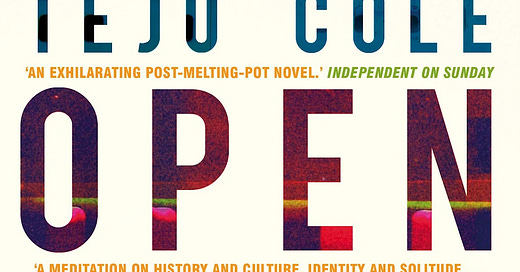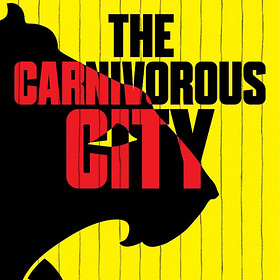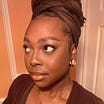There is a concept the French devised to define the practice of sightseeing in the city; one which considerably expands what ‘urban’ means, not just for the economic progress of the state, but the emotional developments of the individual. Though foreign to the tongue in the utterance of the word, yet kindred to the soul in the manner that makes an individual traipse across space and time, viewing themselves in the omnipresent lives of all who tread the same ground but did not necessarily breathe the same air.
This person looks into the face of a stranger in the same way he does the infinite lines of bark upon a tree. In a similar manner, he gazes upon the convenience store and the 18th century church. All is history and has a place of significance in the presence of this man. Everything matters in the eyes of this individual because all stands to be observed. They call him ‘The Flaneur.’
Warning! Spoilers and detailed summary below.
Greetings, once again dear reader👋🏽👋🏽
I hope you are doing well and looking after yourself.
Welcome to another edition of this spectacular newsletter.
Today’s newsletter is a guest feature by Sarah J. Onafuye of On A Related Note. Sarah writes critical think-pieces about media, culture and society. She is also on a mission to reignite deeper thinking about our everyday lives with faith-based discussions on her Christian newsletter, Labouring with Sarah J. Her motto is Serving Kingdom, Leading Culture.
The Flaneur (masc.) or the Flaneuse (fem.) was a 19th Century persona tagged by the French who engaged in a novel mode of observation, city strolling. It sought to philosophize the placement of the individual in new city landscapes, retain purpose within the winds of industrialization and root oneself within the city.
But it’s a rooting with grace, like a tree ready to bud rather than an erect building far too robust for its own good. Notably, it was explicated by Charles Baudelaire, an experimental poet and essayist. And two centuries later, just as in the marks one would see in the bark of that tree, the patterns have been re-discovered by the eyes of a similar literary inquisitiveness, belonging to Teju Cole.
In Open City, Julius, a psychiatry resident, uses the landscape of New York to both conceal [configure], and reflect upon the trials of his life as a Nigerian living and working in America. The doctor-in-training possesses an identity similar to that of the author, who is also American-born but raised in Lagos, Nigeria, as a youth until travelling back to the States for college. In the novel, Cole proved the validity of the city as a palimpsest but not just of different times…of different places, beyond borders and even oceans.
“To be alive, it seemed to me, as I stood there in all kinds of sorrow, was to be both original and reflection, and to be dead was to be split off, to be reflection alone.”
Julius often runs away to Professor Saito, an eighty-nine-year-old man who was his former teacher at college turned longtime friend. Julius’ visits to Saito become more frequent when he hears he has cancer, but their relations lead him and the reader into deeper parts of his life. The relationship Julius has with this elderly man causes him to reflect on the other relationships with the elderly in his life that have fallen to the wayside. Like his maternal grandmother, whose memory is tainted by the tense relationship he witnessed between her and his mother.
The decline of Saito’s life rekindles a guilt for not knowing his grandmother better, and so he flies to Brussels to meet her, but gets caught up in a throng of deep conversations with a Middle Eastern owner of an Internet cafe, and later his non-English speaking friend. There is so much beneath the city structures and various locations which Julius crawls across that I cannot extensively divulge or fully capture. Critical themes such as race, patriarchy, politics, philosophy, art, culture spill off of every single page.
“We experience life as a continuity, and only after it falls away, after it becomes the past, do we see its discontinuities.”
My standing with Open City is that not everyone will like it because Julius presents himself at times as an unreliable narrator, often leaving the reader betrayed by his account of things. For one, the shocking revelation of a sexual offence he is accused of towards the end of the novel, which almost undoes everything you thought you knew about him.
The novel truly embraces the city theme in a way that makes the reader feel like a tourist trying to get to their destination, but they are reading the city map upside down. If you persist long enough though, you will learn to ditch the map and let your soul be the navigator.
Have you read this book? What did you think about it? Leave a comment, maybe? 😊
#65: Èkó Ilé!
If ever there was a setting that could be a character in a novel, Toni Kan’s The Carnivorous City tops the list. Abel Dike arrives in Lagos to investigate the disappearance of his brother, Soni. Thrust from his simple lifestyle in Asaba into a world of mysterious wealth, colourful characters, lust, and corruption, he soon trades his modesty for the glamour of his brother’s world.







Thank you for the opportunity!! 🙏🏾🩷